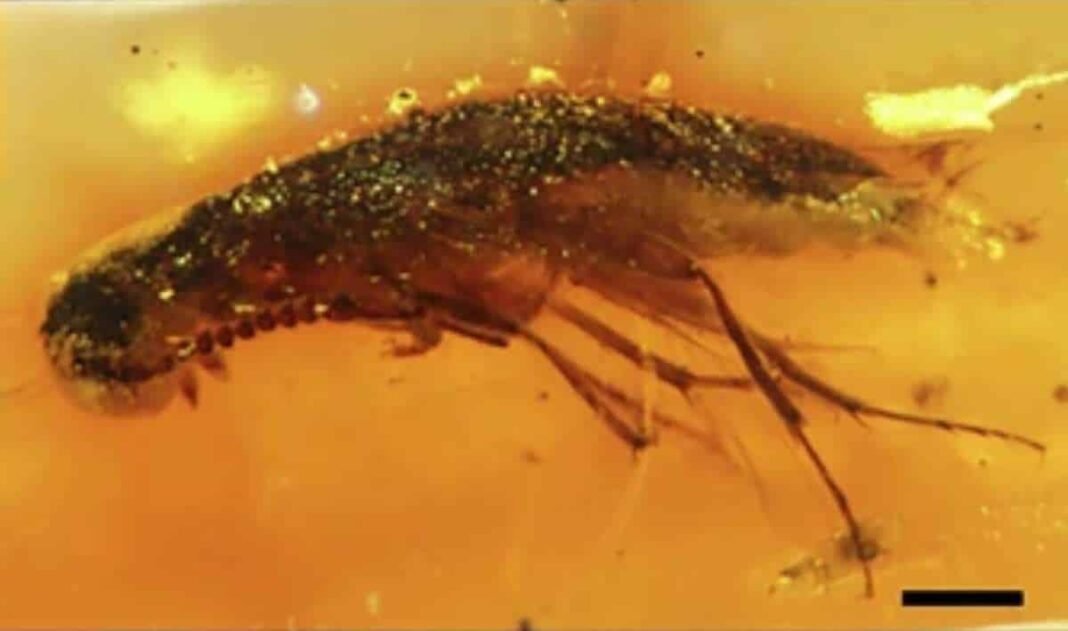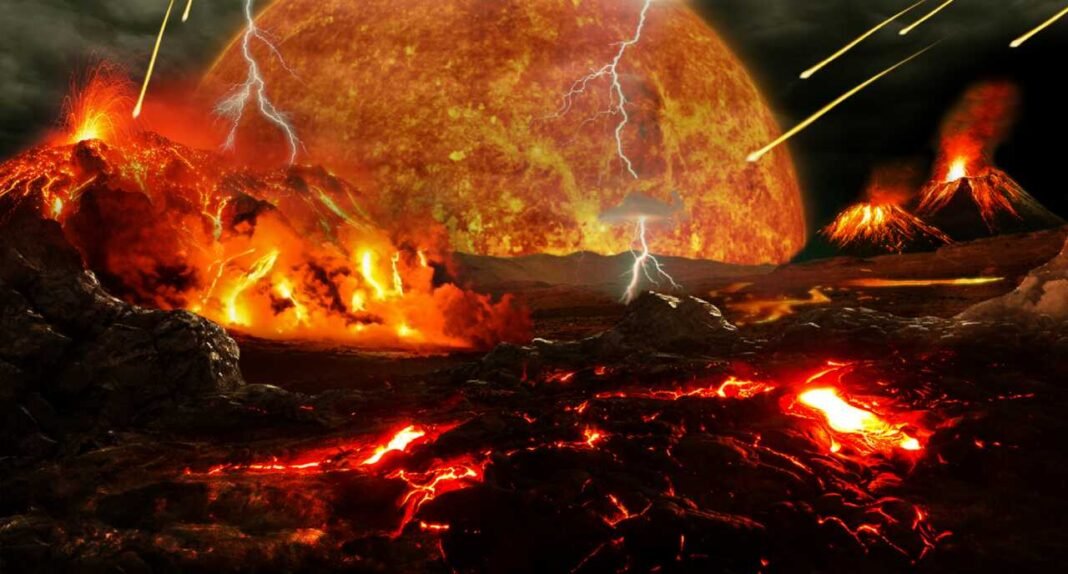
Researchers in Ecuador have described a trove of Cretaceous insects preserved in amber, offering a rare window into a million-year-old forest near the equator. The new study, led by Xavier Delclòs and published in “Nature,” reports dozens of fossilized arthropods and the largest Mesozoic amber deposit yet found in South America.
Amber from an ancient forest
The amber comes from the Hollín Formation in Ecuador’s Napo region, recovered at the “Genoveva quarry.” Scientists date the material to the early Albian, about 112 million years ago.
Geochemical tests point to Araucariaceae conifers as the trees that produced the resin. Palynology and plant fossils from the same layers show a moderately diverse forest that included the earliest known angiosperm leaves from northwestern South America.
Researchers used infrared spectroscopy and gas chromatography–mass spectrometry to study the resin. Those analyses show the amber’s chemistry closely matches resins made by Araucariaceae. The team also found traces of petroleum in the surrounding rocks. That oil altered some chemical signals in the amber but left the biological inclusions intact.
A surprising fossil haul
The Genoveva amber yielded 21 bioinclusions, including insects and fragments of a spider web. The specimens represent at least six orders of arthropods. Flies are the most common. Among them are biting midges, nonbiting midges, and a long-legged fly related to species known from other Cretaceous ambers. The find also contains a beetle, tiny parasitoid wasps, a caddisfly, and plant-sucking whiteflies.
One insect belongs to an extinct wasp family, and another long-legged fly appears closely related to a species previously known from Lebanese amber. The preserved spider silk shows organized strands consistent with an orb web. Several insects show fine anatomical detail, allowing confident identification at the family level.
The presence of chironomid flies and a caddisfly is notable. Both groups have aquatic larvae. Their occurrence in the amber layers suggests nearby freshwater bodies or at least persistently moist ground when the resin formed.
What it reveals about Cretaceous Ecuador
The combination of plant and animal fossils paints a picture of a humid, low-latitude forest on the western edge of ancient Gondwana. Ferns and fern allies dominate the pollen record, while conifer pollen—mainly from Araucariaceae—appears in abundance. Angiosperm leaves are also present, making this site important for tracking the early spread of flowering plants in South America.
Trapped within a solid piece of amber, a praying mantis is preserved in a time capsule dating back 30 million years. This extraordinary fossil provides a fascinating glimpse into the ancient ecosystems that once thrived on our planet. The amber, formed from the fossilized resin… pic.twitter.com/rf1c72DH49
— Dr. M.F. Khan (@Dr_TheHistories) September 15, 2025
Researchers found few signs of fires or the fungal cortices that commonly affect some Northern Hemisphere ambers. That pattern supports the view that these were wet forests where soil moisture limited decay and burning.
Why the discovery matters
Cretaceous ambers with insect inclusions are common in the Northern Hemisphere. They are far rarer in the south. The Genoveva amber fills a major gap in the fossil record for Gondwana. It offers direct evidence of an equatorial resinous forest and its arthropod community during a key interval in Earth’s history known as the Cretaceous Resinous Interval.
The authors say the deposit will help scientists compare faunas across ancient southern landmasses, including Antarctica, Australia, and Africa. The amber and associated plant fossils together provide one of the clearest views yet of tropical forest life in Cretaceous South America.
Fieldwork in the Hollín Formation is expected to continue. Researchers hope further samples will reveal more species and sharpen the understanding of how South America’s ancient ecosystems linked to the rest of Gondwana.


